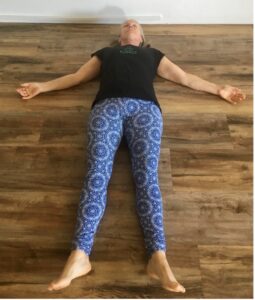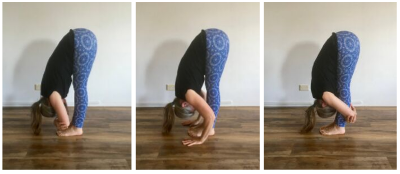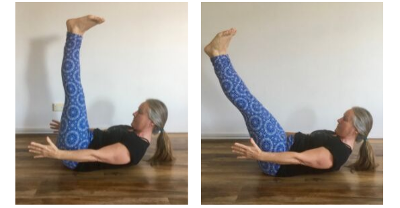Namaste Yogis and Yoginis,
What is so powerful about self-love?
Let’s consider this analogy… Imagine there was a beautiful plant, it was lush and green and so vibrantly alive that just its sheer presence brought delight to all who saw it, and made them smile. Most plants rely on water to stay alive, either from rain, or from a person kind enough to water them. Imagine this plant was able to water itself and had no need of anything, or anyone outside of itself to grow and shine. That is who we would be if we fully loved ourselves.
Often in our efforts to be the best we can be, we give the love we generate to others, and forget about ourselves, or at least make it a lesser priority – perhaps expecting love from outside to fill us up instead. Even Divine love, like rain, may not be consistent and is still seemingly outside of ourselves.
 The most empowering thing we can do is to actively love ourselves. We are able to fill ourselves up whenever needed or wanted. As a result, we are able to be at our best at all times. What we do with that is the next part of the story – we can then be at our best in service, in compassion, in loving others, in loving the earth. We can then generate more love for everyone/everything to absorb and experience.
The most empowering thing we can do is to actively love ourselves. We are able to fill ourselves up whenever needed or wanted. As a result, we are able to be at our best at all times. What we do with that is the next part of the story – we can then be at our best in service, in compassion, in loving others, in loving the earth. We can then generate more love for everyone/everything to absorb and experience.
Self-love is NOT selfish. It only becomes selfish when we are attached to some benefit for us coming out of our actions. Like if the plant’s only concern was how it felt about how IT looked, felt, lived… but plants have zero regard for that – they simply express the life within them in the most beautiful way possible for the greatest good of all. Of course we are not plants, and there are more layers to the story of being human – love from others does benefit, so does being filled with Divine love, and keeping our mind directed towards love via affirmation – but the similarities are there.
Fill ourselves with love first, and we impact others positively just by our sheer presence. Fill ourselves first and we have energy, love and creativity in abundance to help others and the planet. Fill ourselves up and we truly want the best for ourselves and others. Fill ourselves up and we can stay steady, calm, equanimeous, and compassionate to all and in all circumstances – good or bad, difficult or easy.
There are many ways to fill ourselves up with self-love – these include caring for our physical well-being, quiet time in Nature (which is full of Love), spending time with those who nourish and love us in return, connecting to whatever version of highest Self we relate to, reminding ourselves daily we are worth it and we love ourselves and many more methods. We are all unique, and have a unique list of what makes us feel FULL. Take time to contemplate… What might that mean for you?
Then, out in the world where that can be challenged, I find a simple, yet powerful tool is to ask the question “If I truly and completely loved myself… what would I do?”. In this way, self-love can guide us through the complexities of life and the myriad of choices and distractions we face.
Amazingly, here is where the magic kicks in – the answer always leads us not only to what is in our own highest good, but the highest good of the whole (even if we don’t always understand it straightaway – and ultimately we are the Whole – but that is for another day). This is when we know it is truly Self-love, which is not selfish at all.
(Are you singing Whitney Houston right now…?)
With love,
Suzanne
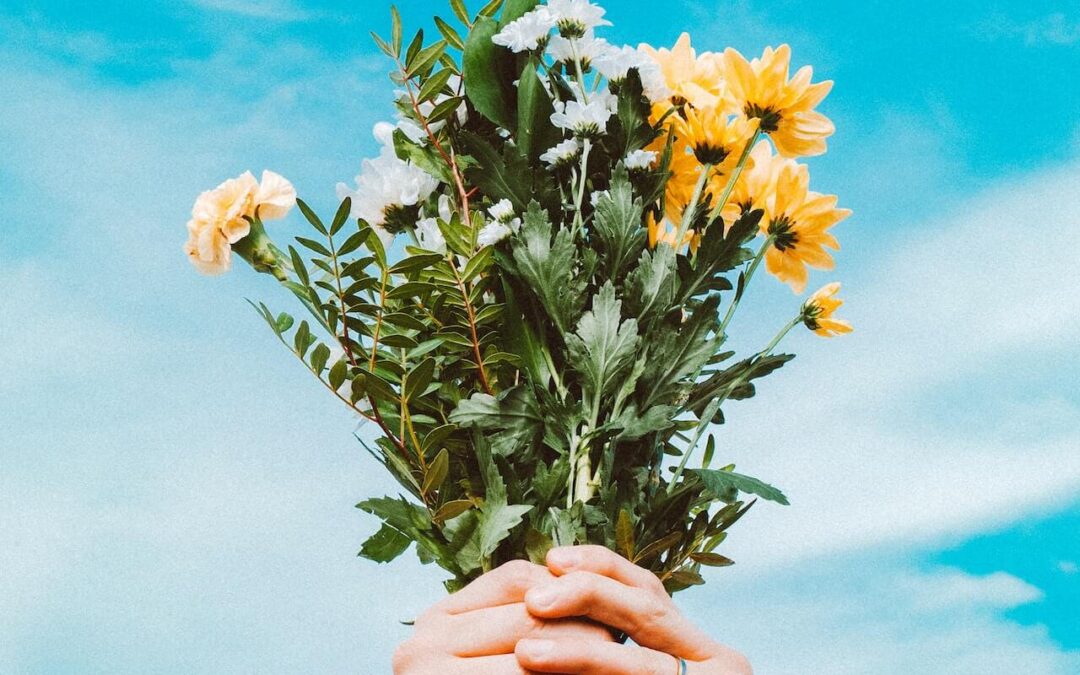

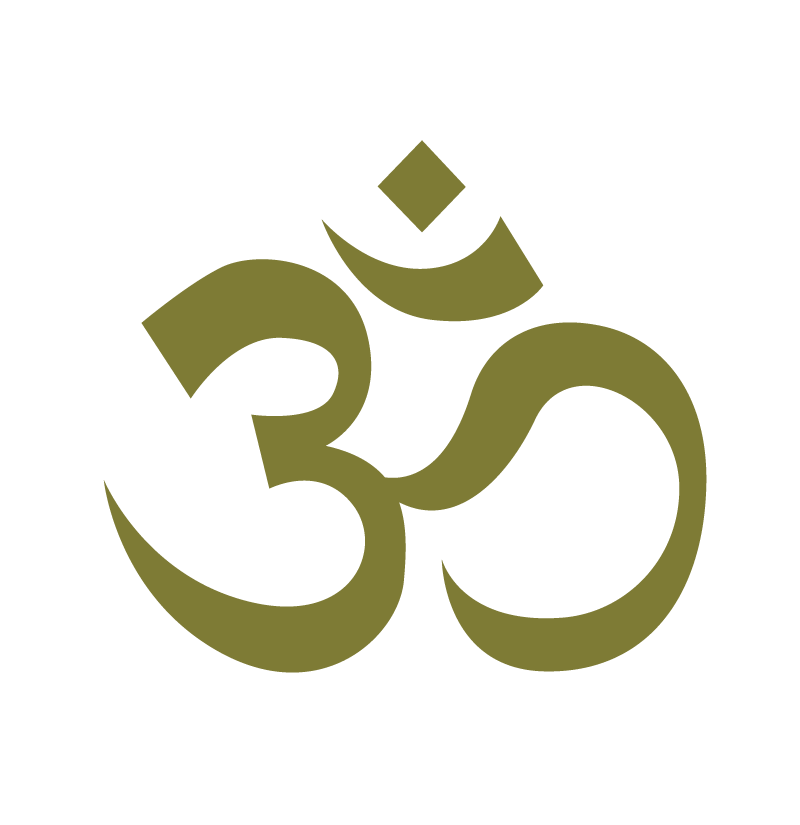

 It’s cool indoors, but warm and muggy outside…. It’s sunny but the wind has a chill… is it hot or cold? What do I wear!?!
It’s cool indoors, but warm and muggy outside…. It’s sunny but the wind has a chill… is it hot or cold? What do I wear!?! 
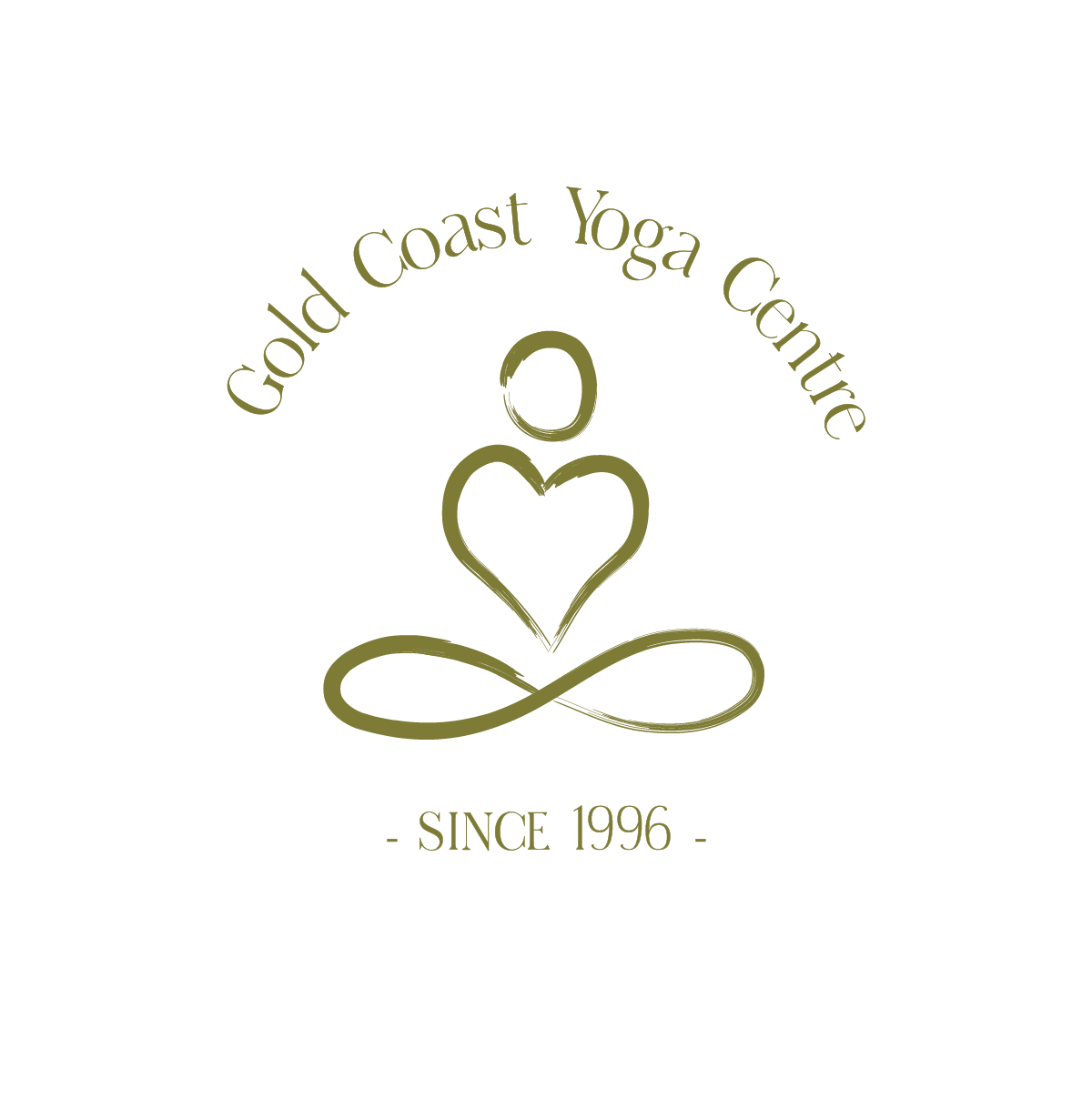

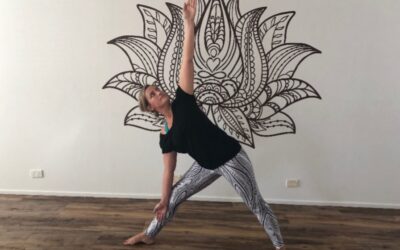


 Recently, I have enjoyed remembering how powerful this simple technique is. We’re used to placing our hands on our kidneys in child pose – to ensure the vertebrae of the lower spine are getting space and taking pressure off the nerves – but you can place your hands on your kidneys in almost any pose to make sure there is space in the lower back, better pelvic placement, better action of the pose and most importantly – sustained energy levels and less chance of fatigue.
Recently, I have enjoyed remembering how powerful this simple technique is. We’re used to placing our hands on our kidneys in child pose – to ensure the vertebrae of the lower spine are getting space and taking pressure off the nerves – but you can place your hands on your kidneys in almost any pose to make sure there is space in the lower back, better pelvic placement, better action of the pose and most importantly – sustained energy levels and less chance of fatigue.

 Simply place the top hand on your kidney and breath into it in standing postures like trikonasana, or parsvakonasana, or on both kidneys for forward standings like parsvottanasana or forward bends like cross legs or any seated forward. Placing the hands creates a focus point for the breath to move into.
Simply place the top hand on your kidney and breath into it in standing postures like trikonasana, or parsvakonasana, or on both kidneys for forward standings like parsvottanasana or forward bends like cross legs or any seated forward. Placing the hands creates a focus point for the breath to move into.
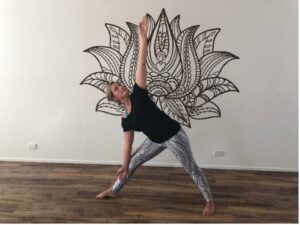

 The most empowering thing we can do is to actively love ourselves. We are able to fill ourselves up whenever needed or wanted. As a result, we are able to be at our best at all times. What we do with that is the next part of the story – we can then be at our best in service, in compassion, in loving others, in loving the earth. We can then generate more love for everyone/everything to absorb and experience.
The most empowering thing we can do is to actively love ourselves. We are able to fill ourselves up whenever needed or wanted. As a result, we are able to be at our best at all times. What we do with that is the next part of the story – we can then be at our best in service, in compassion, in loving others, in loving the earth. We can then generate more love for everyone/everything to absorb and experience.
 Headstand is one of the most advanced postures. Although many can do it, it is important to do it properly to avoid serious injury and get the maximum benefit. We run workshops in the practice of Headstand, but here are a few postures that almost anyone can do to prepare your body to be able to move towards Headstand safely.
Headstand is one of the most advanced postures. Although many can do it, it is important to do it properly to avoid serious injury and get the maximum benefit. We run workshops in the practice of Headstand, but here are a few postures that almost anyone can do to prepare your body to be able to move towards Headstand safely.